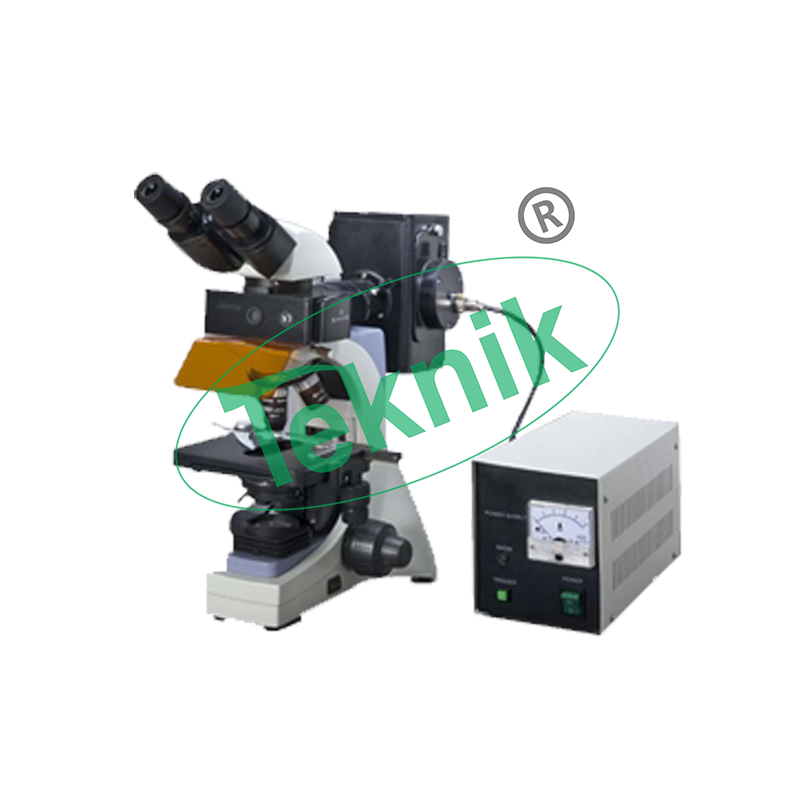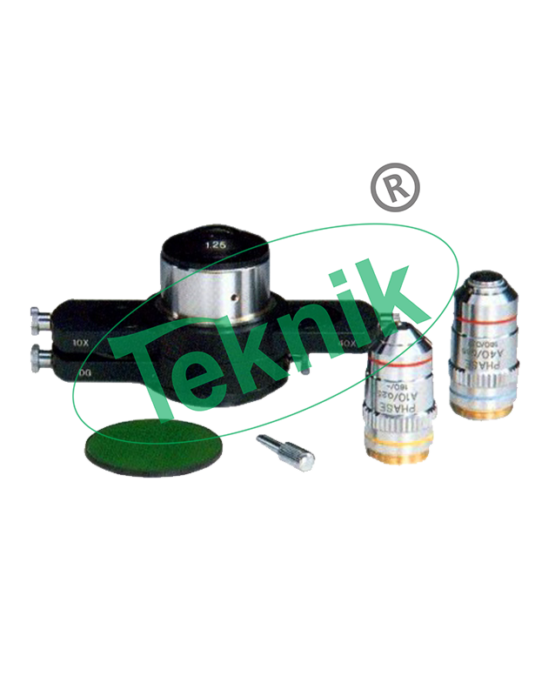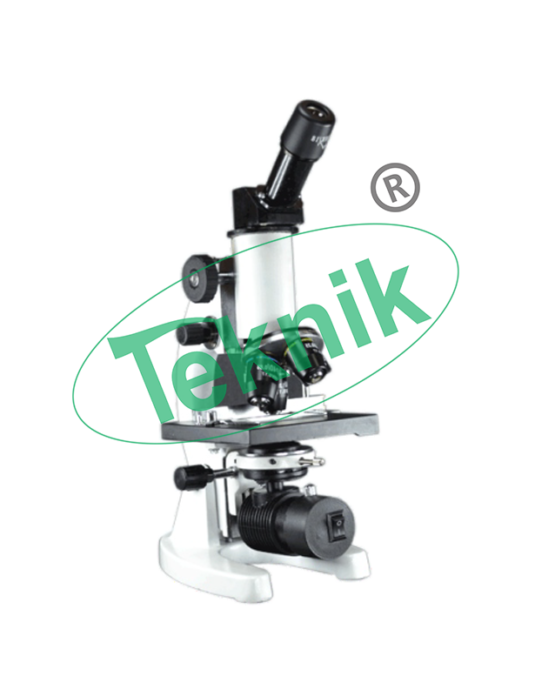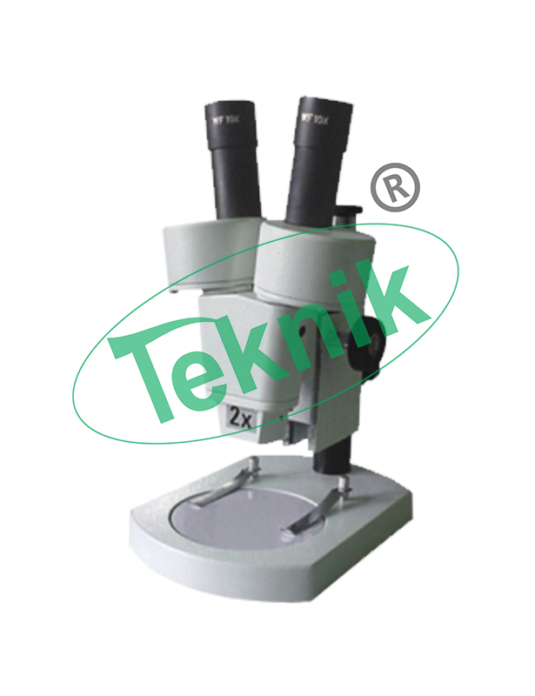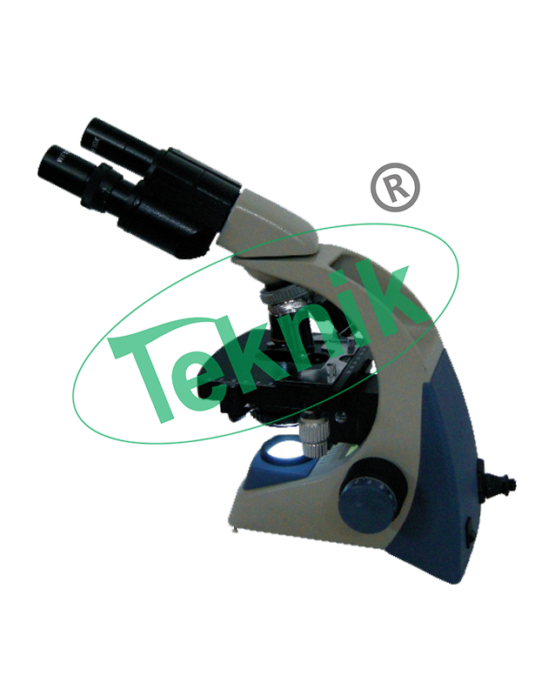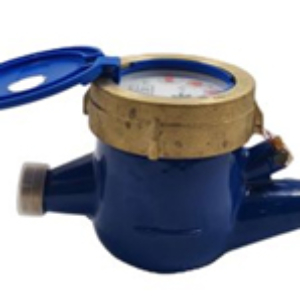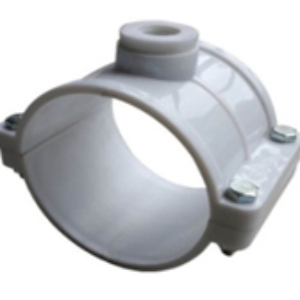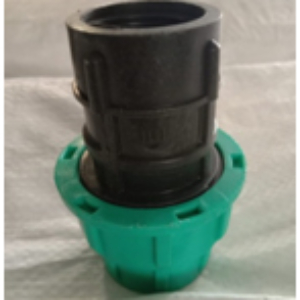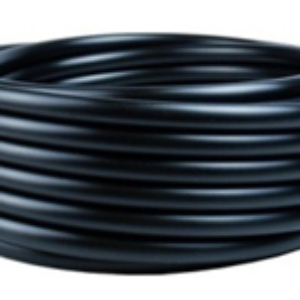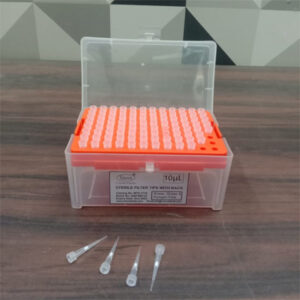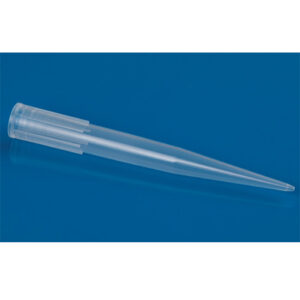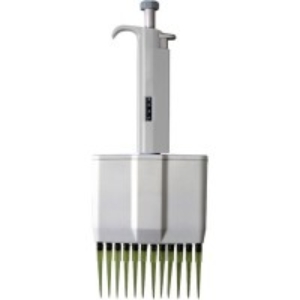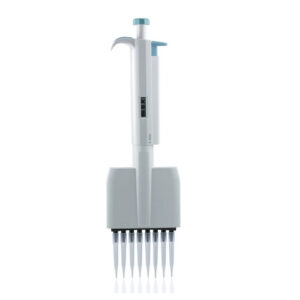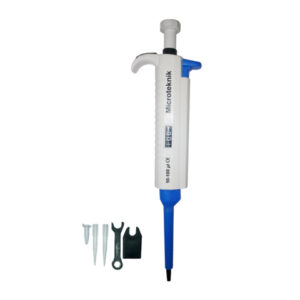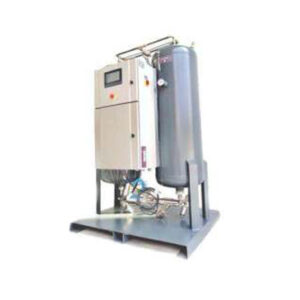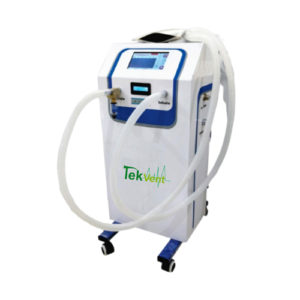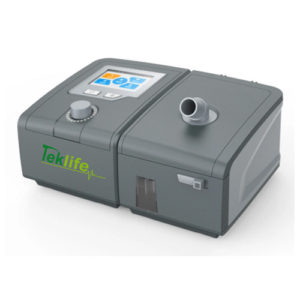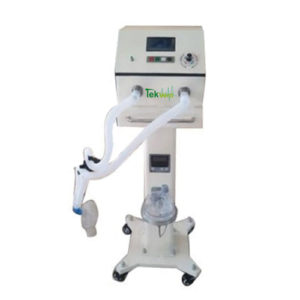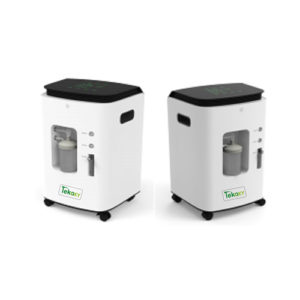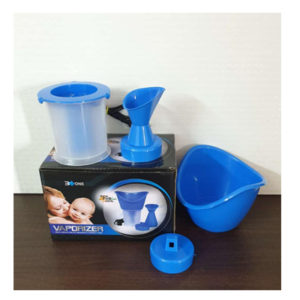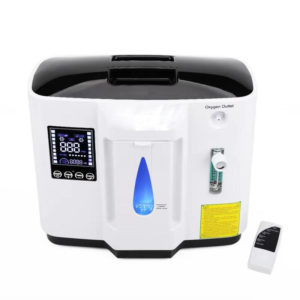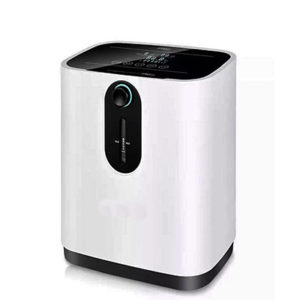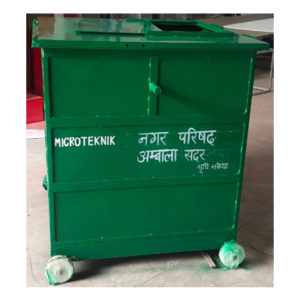FLUORESCENT MICROSCOPE
FLUORESCENT MICROSCOPE : JS-51
Fluorescent Microscope is used for capillary examination. This technique is a new, highly sensitive rapid method of diagnosing malaria. It is also useful in the diagnosis of filariasis and leptospirosis. The principle of this method is the malaria parasite picks up fluorescent stain into their nucleus and cytoplasm, so that its morphologic characteristics can be examined by fluorescent microscopy.
The nucleus appears green and the cytoplasm reddish orange, The Capillary is coated with Acridine orange on its inside. Parents Blood is loaded into this capillary and centrifuged at 12000 rpm for 5 minutes. The Blood components settle at different levels in the capillary. These different layers are displayed in the picture.
Examination of the area just below granulocyte-RBC junction helps to detect the malarial parasites, as these are concentrated in this are upto 1000 times. Examination of Lymphocyte / monocyte layer using transmitted light helps to detect the schizonts, and gametocytes which gets concentrated in this layer very easily.
Method of Examination:
The granulocyte layer is then seen under 62x oil objective. By changing the light source to fluorescent light the parasitic forms can be seen as greenish orange stained structures. Using only transmitted light the parasitic forms are seen as block pigmented structures as shown in the preceding photomicrographs.
Contact Us
Copyright 2017 MICROTEKNIK | All Rights Reserved
Microteknik has exports their product to the following countries: Afghanistan, Albania, Algeria, Andorra, Angola, Antigua and Barbuda,,Argentina, Armenia, Australia, Austria, Azerbaijan, Bahamas, Bahrain, Bangladesh, Barbados, Belarus, Belgium, Belize, Benin, Bhutan, Bolivia, Bosnia and Herzegovina, Botswana, Brazil, Brunei, Bulgaria, Burkina Faso, Burundi, Cabo Verde, Cambodia, Cameroon, Canada, Central African Republic (CAR), Chad, Chile, China, Colombia, Comoros, Democratic Republic of the Congo, Republic of the Congo, Costa Rica, Cote d'Ivoire, Croatia, Cuba, Cyprus, Czech Republic, Denmark, Djibouti, Dominica, Dominican Republic, Ecuador, Egypt, El Salvador, Equatorial Guinea, Eritrea, Estonia, Ethiopia, Fiji, Finland, France, Gabon, Gambia, Georgia, Germany, Ghana, Greece, Grenada, Guatemala, Guinea, Guinea-Bissau, Guyana, Haiti, Honduras, Hungary, Iceland, India, Indonesia, Iran, Iraq, Ireland, Israel, Italy, Jamaica, Japan, Jordan, Kazakhstan, Kenya, Kiribati, Kosovo, Kuwait, Kyrgyzstan, Laos, Latvia, Lebanon, Lesotho, Liberia, Libya, Liechtenstein, Lithuania, Luxembourg, Macedonia (FYROM), Madagascar, Malawi, Malaysia, Maldives, Mali, Malta, Marshall Islands, Mauritania, Mauritius, Mexico, Micronesia, Moldova, Monaco, Mongolia, Montenegro, Morocco, Mozambique, Myanmar (Burma), Namibia, Nauru, Nepal, Netherlands, New Zealand, Nicaragua, Niger, Nigeria, North Korea, Norway, Oman, Pakistan, Palau, Palestine, Panama, Papua New Guinea, Paraguay, Peru, Philippines, Poland, Portugal,Qatar, Romania, Russia, Rwanda, Saint Kitts and Nevis, Saint Lucia, Saint Vincent and the Grenadines, Samoa, San Marino, Sao Tome and Principe, Saudi Arabia, Senegal, Serbia, Seychelles, Sierra Leone, Singapore, Slovakia, Slovenia, Solomon Islands, Somalia, South Africa, South Korea, South Sudan, Spain, Sri Lanka, Sudan, Suriname, Swaziland, Sweden, Switzerland, Syria, Taiwan, Tajikistan, Tanzania, Thailand, Timor-Leste, Togo, Tonga, Trinidad and Tobago, Tunisia, Turkey, Turkmenistan, Tuvalu, Uganda, Ukraine, United Arab Emirates (UAE), United Kingdom (UK), United States of America (USA), Uruguay, Uzbekistan, Vanuatu, Vatican City (Holy See), Venezuela, Vietnam, Yemen, Zambia, Zimbabwe
Sanitary Napkin Incinerator | medical waste incinerator


